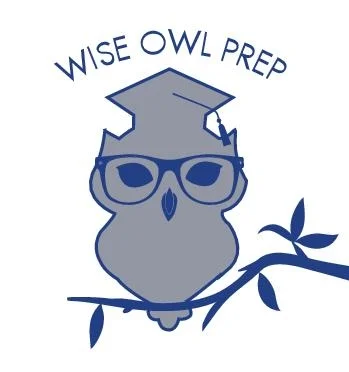Biblical analogues in The Grapes of Wrath: Analyze how a scene in the novel that contains clearly biblical resonances contributes meaning to the overall narrative. What does the story's specifically biblical provenance contribute to the scene as Steinbeck writes it?
There are a number of scenes in the novel that are clear analogues to stories from the Bible. This topic asks you to analyze how the story's inclusion contributes meaning to Steinbeck's narrative. You would need to locate and study the biblical story, understand the meaning of the story within the context of the biblical narrative, and then analyze how that story fits into the context of The Grapes of Wrath.
Some possible analogues to consider:
1. Chapter 30, when Uncle John sets Rose of Sharon's stillborn baby adrift on the floodwaters. This act, in some of its details, is similar to the story of the baby Moses being set adrift on the waters of the Nile.
2. Chapter 29 and The Great Flood: The flood itself is another Biblically significant story; in the Bible it is, after all, a flood that purifies the world by destroying it.
3. Chapter 26: Reverend Casy’s “gospel” and murder as compared to the Crucifixion, or to the story of Cain and Abel
4. Chapter 25: Genesis, the Garden of Eden, and the Fall
